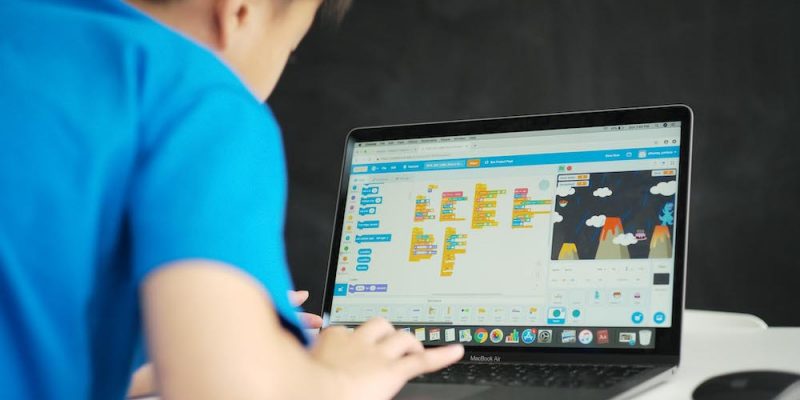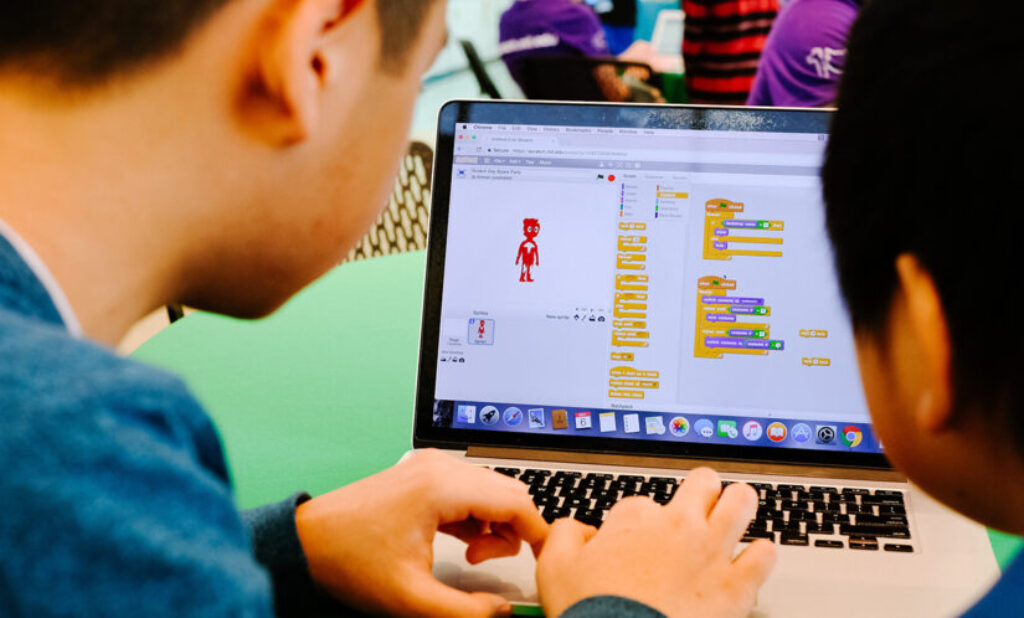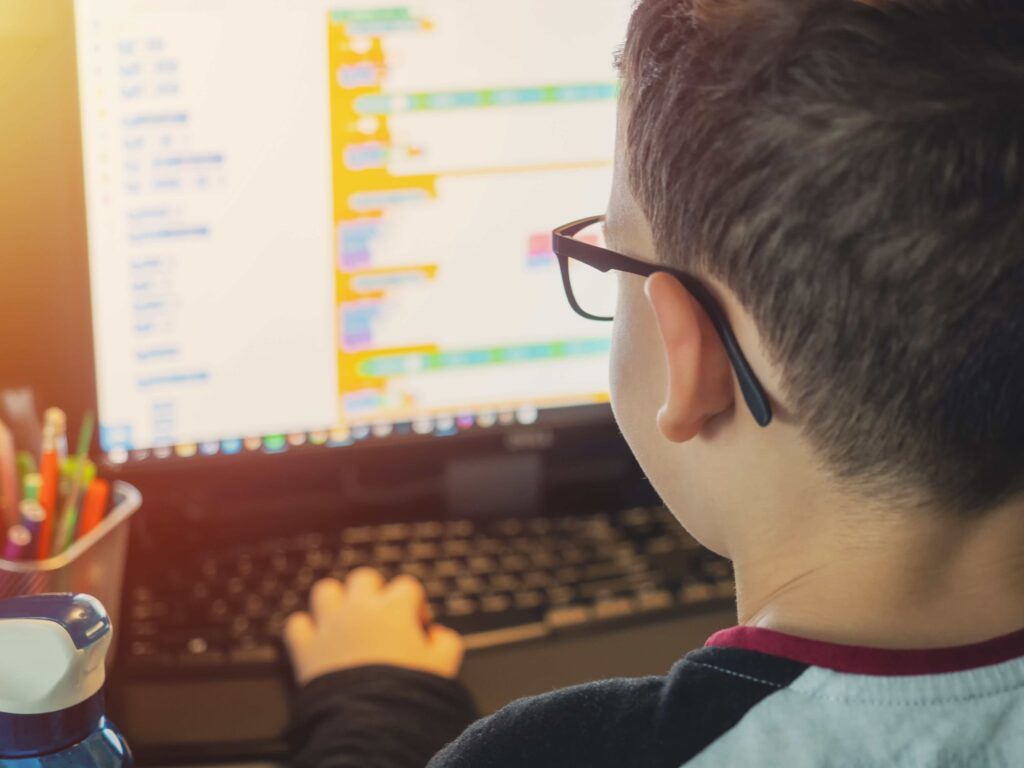
Game design involves several key elements, including:
- Concept and Story: Every game starts with an idea or concept. Encourage kids to brainstorm and think creatively about the story and theme of their game. Whether it’s an epic adventure, a puzzle-solving challenge, or a simulation game, the concept sets the foundation for the entire project.
- Game Mechanics: Game mechanics refer to the rules and interactions within the game. Kids should consider what actions players can take, how they progress through the game, and what challenges they will face. Experimentation and iteration are key to refining game mechanics.
- Visual Design: Visuals play a crucial role in capturing players’ attention and setting the mood of the game. Kids can use various tools to create graphics, characters, and environments that align with their game’s theme.
- Audio: Sound effects and music enhance the gaming experience and evoke emotions. Encourage kids to explore tools for creating or sourcing audio assets for their games.
Choosing the Right Tools

Source: the74million.org
There is a plethora of tools available for game coding for kids, ranging from beginner-friendly to more advanced options. Here are some popular choices suitable for kids:
Scratch: Scratch is a visual programming language designed for beginners, particularly children. It allows users to create interactive stories, animations, and games by snapping together code blocks. With its intuitive interface and extensive online community, Scratch is an excellent starting point for kids interested in game development.
Roblox Studio: Roblox Studio is a platform where users can design and build their own games and experiences. It provides a wide range of tools for 3D modeling, scripting, and game logic. Roblox Studio also features an extensive library of assets and templates that kids can use to kickstart their projects.
Unity with Unity Learn: Unity is a powerful game development engine used by professionals worldwide. While it may seem daunting at first, Unity offers comprehensive learning resources through Unity Learn. Kids can follow tutorials and courses tailored to their skill level, gradually building proficiency in game development.
GameMaker Studio: GameMaker Studio is a user-friendly game development platform suitable for beginners. It employs a drag-and-drop interface for creating game logic, making it accessible to kids with little to no programming experience. As kids become more comfortable, they can transition to using GameMaker’s built-in scripting language, GML, for more advanced functionality.
Encouraging Creativity and Experimentation

Source: junilearning.com
Encourage kids to unleash their creativity and experiment freely during the game development process. Here are some tips to foster creativity:
Provide Inspiration: Introduce kids to a variety of games across different genres to inspire their creativity. Exposing them to diverse game mechanics, art styles, and narratives can spark new ideas for their projects.
Encourage Iteration: Emphasize the importance of iteration in game design. Remind kids that it’s okay to make mistakes and that refining their game through multiple iterations is part of the creative process. Encourage them to gather feedback from peers and iterate based on suggestions.
Explore Limitations: Sometimes, creativity flourishes within constraints. Encourage kids to embrace limitations, whether it’s a specific theme, art style, or gameplay mechanic. Constraints can fuel innovation and force kids to think outside the box.







